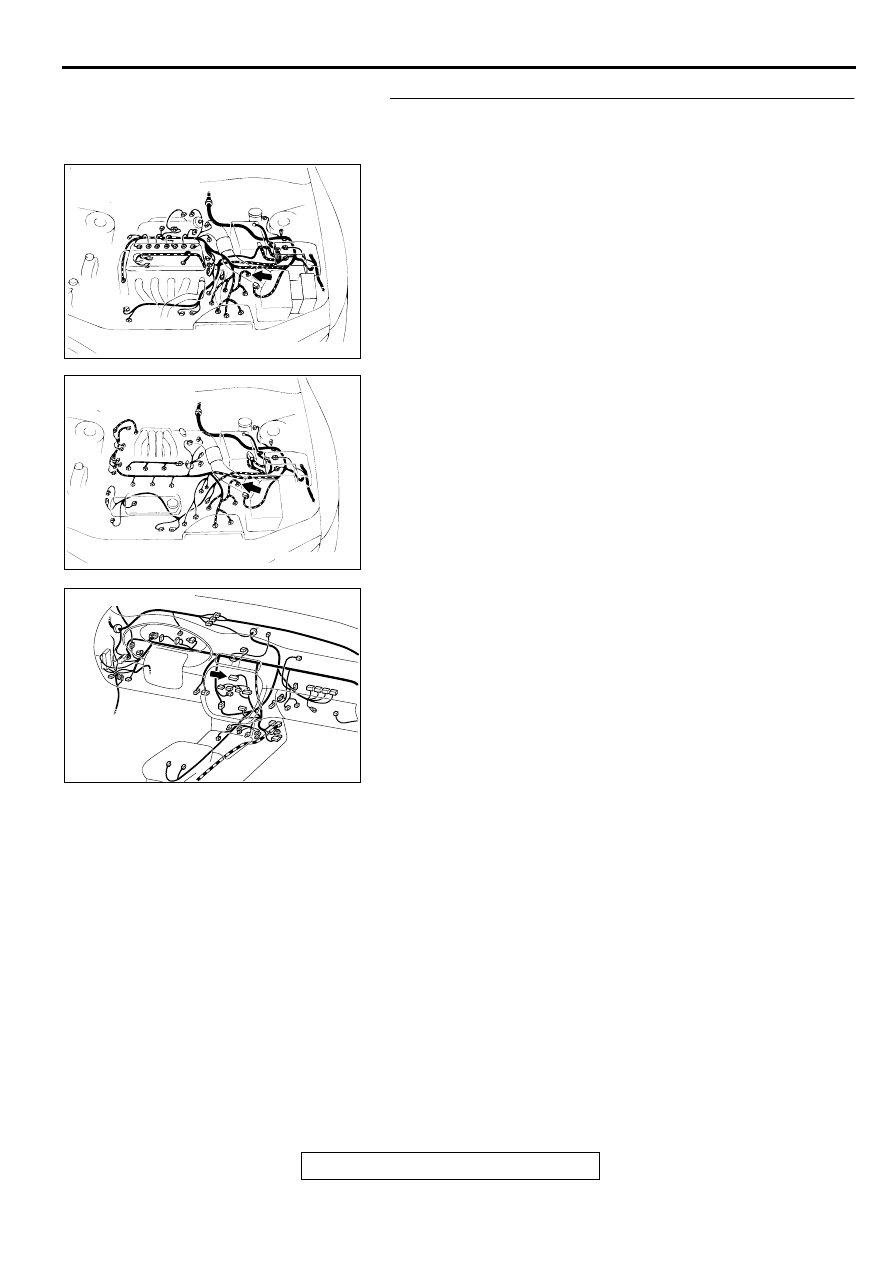Mitsubishi Galant. Manual - part 643

RADIO WITH TAPE PLAYER AND CD PLAYER
TSB Revision
CHASSIS ELECTRICAL
54A-125
STEP 2. Check the radio, tape player and CD player
connector C-31 and vehicle speed sensor connector B-35
for damage.
Q: Are radio, tape player and CD player connector C-31
and vehicle speed sensor connector B-35 in good
condition?
YES : Go to Step 4 .
NO : Repair or replace it. Refer to GROUP 00E, Harness
Connector Inspection
. The sound volume
should depend on vehicle speed.
AC003686
CONNECTOR: B-35
<2.4L ENGINE>
AB
AC003687
CONNECTOR: B-35
<3.0L ENGINE>
AB
AC003089
CONNECTOR: C-31
AT